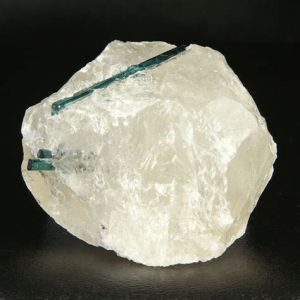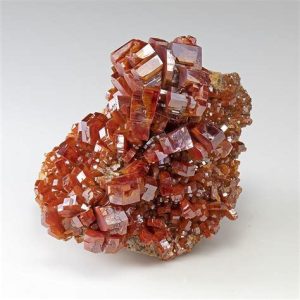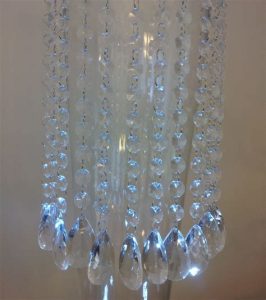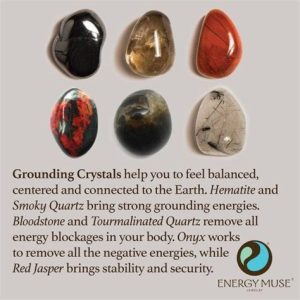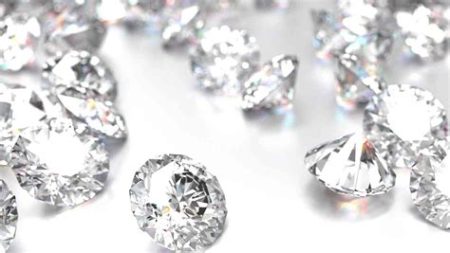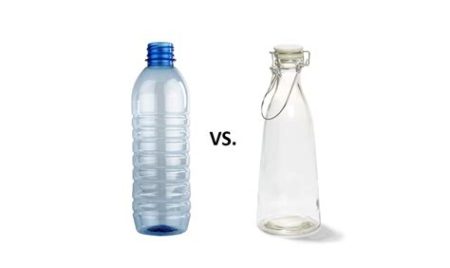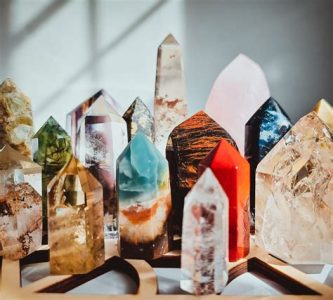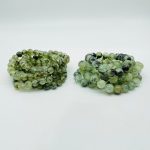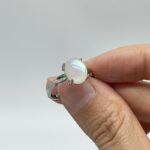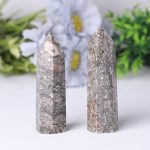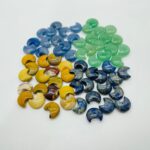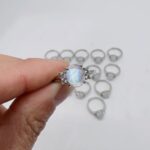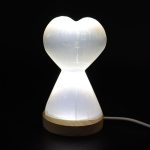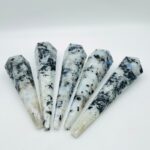Crystals are solid mineral substances with a definite chemical composition and crystalline structure. Rocks are solid aggregates of one or more minerals. Crystals can be found in rocks in a variety of forms, including:

- Euhedral crystals: These crystals are well-formed and have distinct faces and edges.
- Anhedral crystals: These crystals are not well-formed and do not have distinct faces and edges.
- Subhedral crystals: These crystals are partially well-formed and have some distinct faces and edges.
The size of crystals in rocks can vary greatly, from microscopic to macroscopic. The shape of crystals in rocks can also vary greatly, depending on the mineral composition of the rock and the conditions under which the rock formed.
How Crystals Form in Rocks
Crystals form in rocks when minerals crystallize from a molten or aqueous solution. When a molten rock cools, the minerals in the rock will begin to crystallize. The rate at which crystals grow will depend on the temperature of the rock and the concentration of the minerals in the solution.
When an aqueous solution evaporates, the minerals in the solution will also begin to crystallize. The rate at which crystals grow will depend on the temperature of the solution and the concentration of the minerals in the solution.
Types of Crystals in Rocks
There are many different types of crystals that can be found in rocks. Some of the most common types of crystals include:
- Quartz: Quartz is a hard, durable mineral that is found in a variety of rocks. Quartz crystals are often used in jewelry and other decorative items.
- Feldspar: Feldspar is a common mineral that is found in a variety of rocks. Feldspar crystals are often used in the production of glass and ceramics.
- Mica: Mica is a soft, flaky mineral that is found in a variety of rocks. Mica crystals are often used in the production of electrical insulators and lubricants.
- Calcite: Calcite is a soft, brittle mineral that is found in a variety of rocks. Calcite crystals are often used in the production of cement and lime.
- Dolomite: Dolomite is a hard, durable mineral that is found in a variety of rocks. Dolomite crystals are often used in the production of building materials.
Uses of Crystals in Rocks
Crystals in rocks are used for a variety of purposes, including:
- Jewelry: Crystals are often used in jewelry because of their beauty and durability.
- Decorative items: Crystals are often used in decorative items, such as vases and bowls.
- Building materials: Crystals are often used in building materials, such as tiles and countertops.
- Industrial applications: Crystals are often used in industrial applications, such as the production of glass and ceramics.
Benefits of Crystals in Rocks
There are many benefits to using crystals in rocks, including:
- Beauty: Crystals are beautiful and can add a touch of elegance to any space.
- Durability: Crystals are durable and can last for many years.
- Versatility: Crystals can be used in a variety of applications, including jewelry, decorative items, building materials, and industrial applications.
Conclusion
Crystals in rocks are a valuable resource that can be used for a variety of purposes. Crystals are beautiful, durable, and versatile. They can be used to create a variety of products, including jewelry, decorative items, building materials, and industrial products.
Additional Information
In addition to the information provided above, here are some additional facts about crystals in rocks:
- Crystals can be found in all types of rocks, including igneous, sedimentary, and metamorphic rocks.
- The size of crystals in rocks can vary greatly, from microscopic to macroscopic.
- The shape of crystals in rocks can also vary greatly, depending on the mineral composition of the rock and the conditions under which the rock formed.
- Crystals are used for a variety of purposes, including jewelry, decorative items, building materials, and industrial applications.
- Crystals are a valuable resource that can be used to create a variety of products.

